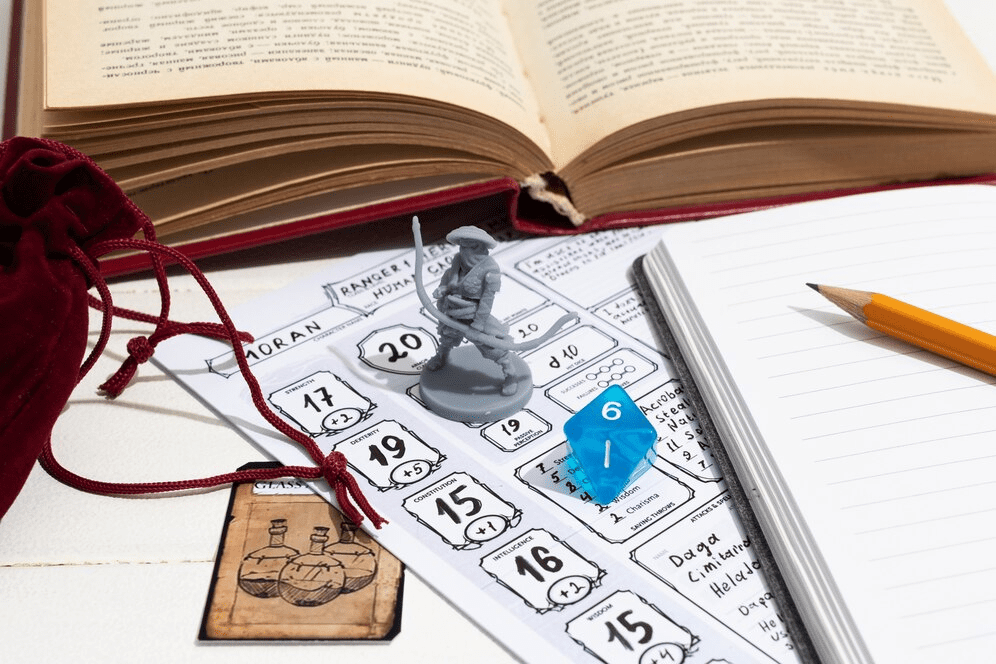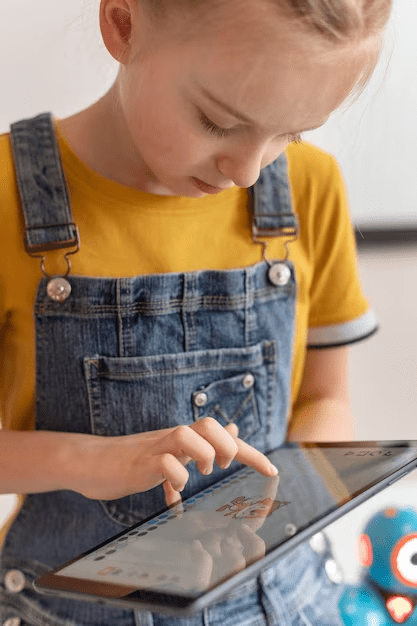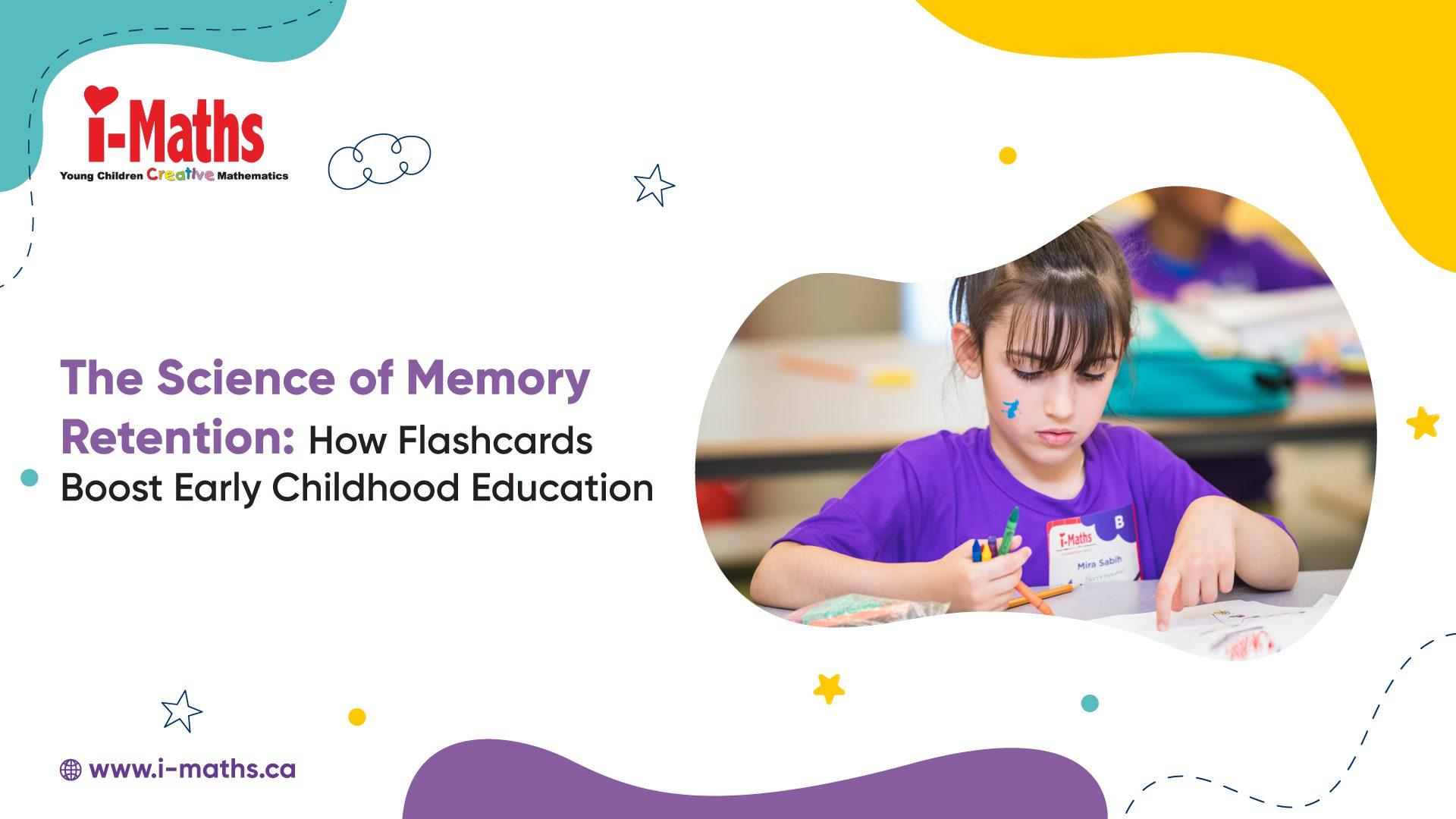In the fascinating realm of early education, where inquisitive brains set out on the path of learning, the basic flashcard is an understated yet powerful tool waiting to be explored. Imagine the awe in preschoolers’ eyes when they explore early childhood education with this fascinating and interactive learning tool.
What are Flashcards?
Flashcards are a study tool used to help memorize and recall information. They consist of small cards with a question or key term on one side and the answer or definition on the other side. To use flashcards, students go through the cards, try to answer the question or recall the information, and then flip the card to see if they got it right. Flashcards are an effective way to learn vocabulary, historical dates, formulas, or any subject matter that requires memorization. They provide a portable, flexible way to self-test knowledge. They are commonly used by students as a form of self-study, but they can also be used in groups or classes as a quiz-based learning activity. Flashcards are a time-tested study tool for fast, focused learning.

The Science of Memory Retention with Flashcards
How Spaced Repetition Is Used in Flashcards to Improve Memorization
Flashcards can help children learn and retain information through spaced repetition. For example, imagine a 5-year-old is learning addition facts. The child is shown a flashcard with the problem “2 + 2 =___” and tries to answer “4”. After a short break, the “2 + 2” card is shown again, and the child successfully recalls “4”. As the parent intersperses more new flashcards into the pile, the “2 + 2” card keeps reappearing. With each repetition over time, the child becomes more secure in remembering that 2 + 2 equals 4. The time between each reappearance of the “2 + 2” card increases as the fact is mastered. The deliberate spacing and repetition of the flashcards trigger the child’s memory and reinforce retention of basic math facts. So flashcards leverage children’s quick cognitive growth through spaced intervals to ensure core knowledge sticks.
The Testing Effect – Self-Quizzing Improves Long-Term Retention
Even young children can get excited about quizzing themselves with flashcards. The process of actively retrieving information strengthens their memory and learning. For example, a 4-year-old is working on animal flashcards. When she flips over the card and sees “cow” printed, she excitedly says “moo” out loud. Getting the question right gives her a sense of achievement. Later, when she sees the “cow” card again, she feels motivated to correctly recall “moo”. The process of turning over the card, answering the question, and checking if she’s right makes learning fun and interactive. The testing effect means that retrieving the information, rather than just reading the flashcard, helps solidify it in her long-term memory. So even though flashcards feel like play, they provide valuable cognitive benefits for young children.
Flashcards Activate Learning Through Active Recall
Preschoolers thrive in active learning environments. Flashcards, with their simplicity, encourage active recall, prompting these young learners to actively engage their budding memories and participate in the learning process.
Flashcard Strategies for Different Learning Styles
Color-Coding for Visual Learners
In the preschool realm, visual learners thrive on color-coded flashcards. The hues become a language, guiding these young minds through a spectrum of knowledge, making each learning session a visually captivating experience.
Explanations Narrated by Teachers for Auditory Learners
Auditory learners find solace in flashcards that incorporate explanations narrated by instructors. Hearing the information spoken aloud reinforces understanding, creating a harmonious fusion of audio and intellectual engagement.
Using Physical Flashcards for Kinesthetic Learners
The tactile engagement of physical flashcards resonates with kinesthetic learners. The act of holding and manipulating these cards transforms learning into a multisensory experience, engaging both mind and body.
Digital Flashcards – The Modern Twist to a Classic Study Tool

Apps and Programs for Easily Creating and Organizing Flashcards
In the digital era, preschoolers encounter flashcards in a tech-savvy format. Apps and programs designed for the younger demographic make flashcards easily accessible, opening a world of interactive learning possibilities.
Features like Spaced Repetition and Shuffle Help Maximize Effectiveness
Digital flashcards can maximize learning for preschoolers. Features like spaced repetition help kids review cards at the perfect timing to boost memory. The flashcards start showing a new concept frequently. As your child masters it, the repeats get spaced farther apart. Shuffle options mix up the order of flashcards for variety. This prevents boredom plus forces kids to truly recall instead of relying on order. So digital flashcards adapt and customize timing and order for each young learner’s needs. This flexibility results in faster mastery and retention.
Ability to Integrate Graphics, Audio, and Video
Preschoolers, surrounded by digital stimuli, benefit from flashcards that integrate graphics, audio, and video. These multimedia elements enhance engagement, creating an immersive learning experience.
Flashcards for All Ages and Skill Levels
Flashcards evolve in tandem with a child’s educational journey. As preschoolers transition to elementary school, middle school, and beyond, the flashcard content adapts to match their advancing curriculum and coursework complexity. This ensures the study tool seamlessly integrates into each new academic level. Flashcards introduce the concept of test prep early on. As students grow, flashcards become invaluable for standardized test and exam preparation. The variety of subjects, quiz formats, and competitive games keep flashcards engaging for learners of all ages. Whether mastering addition in elementary school or studying formulas for a high school physics exam, flashcards provide customized, interactive study aids. They nurture a lifelong love of learning and set students up for academic success at each stage.
The Takeaway – Flashcards Are an Essential Early Childhood Education Tool
Simple Yet Powerful Tool When Used Effectively
In conclusion, the unassuming flashcard emerges as a simple yet powerful tool when displayed effectively in early childhood education.
Promotes Active Recall Through Self-Testing
By promoting active recall through self-testing, flashcards instill a sense of ownership over learning, empowering preschoolers to engage with knowledge actively.
Fosters Long-Term Retention of Key Concepts
In the tender years of preschool, flashcards lay the foundation for long-term retention, ensuring that early exposure to early learning concepts becomes an enduring part of their cognitive landscape.
Flexible for All Ages, Subjects, and Learning Styles
From the vibrant world of preschool to the intricacies of higher education, flashcards remain flexible companions, adapting to diverse subjects, learning styles, and the evolving needs of young learners.
Designed by experts in early childhood education, i-Maths uses interactive flashcards to make learning engaging and effective. With vivid graphics, fun sounds, and interactive games, i-Maths covers all the key pre-math and science basics your preschooler needs to build critical foundational skills.
Give your preschooler the best start on their academic journey with the research-proven benefits of i-Maths flashcards. Sign up today and unlock your child’s potential in math, science, and beyond!

